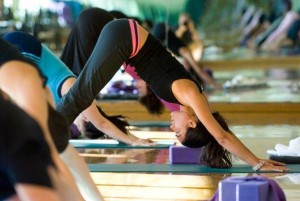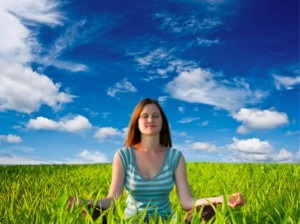We are often told during class how important the breath is in yoga, and will usually practice pranayama exercises during class especially at the beginning and end. But what is pranayama and why do we do it?
During this series of blog posts we will be exploring the most commonly practiced pranayama (breathing) exercises - the ones that are most likely to pop-up in your classes. We will discover how, what and why, contraindications and benefits of these practices.
Prana = Life force/Energy
Yama = Regulate/Lengthen
Prana translates into “life force energy” and Yama translates into “control or mastery of.” Thus, Pranayama is used to control, cultivate, and modify the Prana in the body.
Prana is taken in through the air we breathe, and since the pranayama exercises increase the amount of air we take in, they also increase our intake of Prana.
Look out for the series of blog posts coming soon. Let us know if there is a particular pranayama practice that you’d like us to cover.
Note: When learning new breathing techniques, it is common for people to feel light headed or dizzy. If this happens, stop for a few moments and then resume. After your body becomes accustomed to the change in flow of oxygen, the dizziness will no longer occur.



